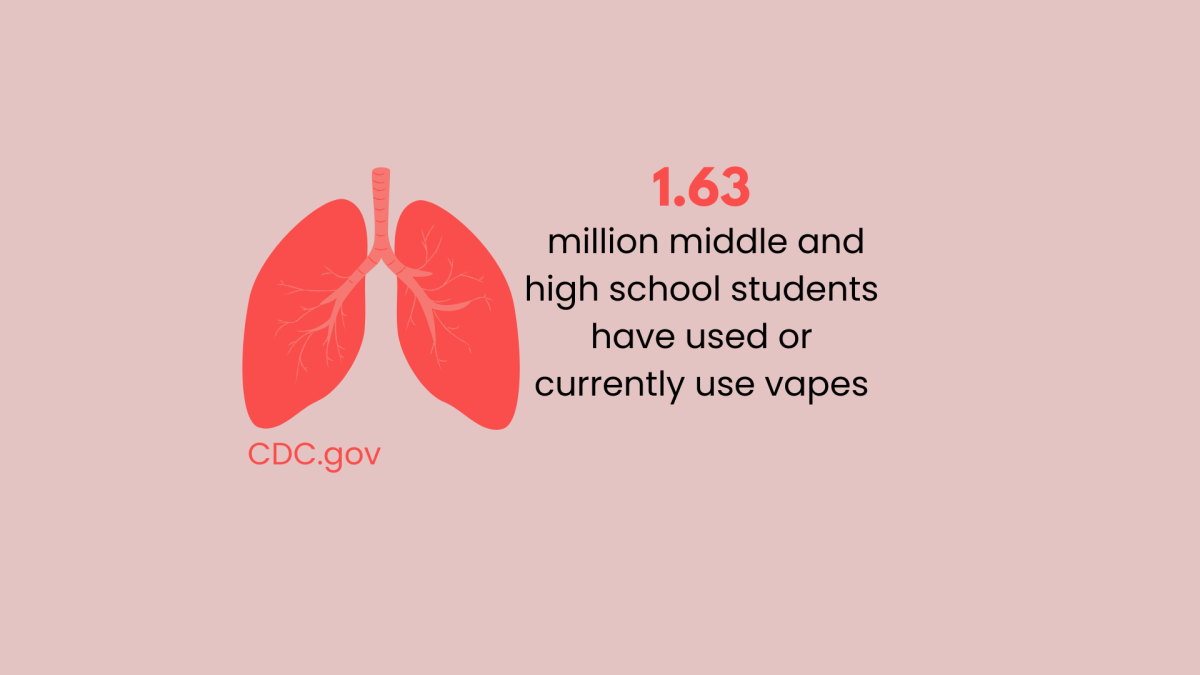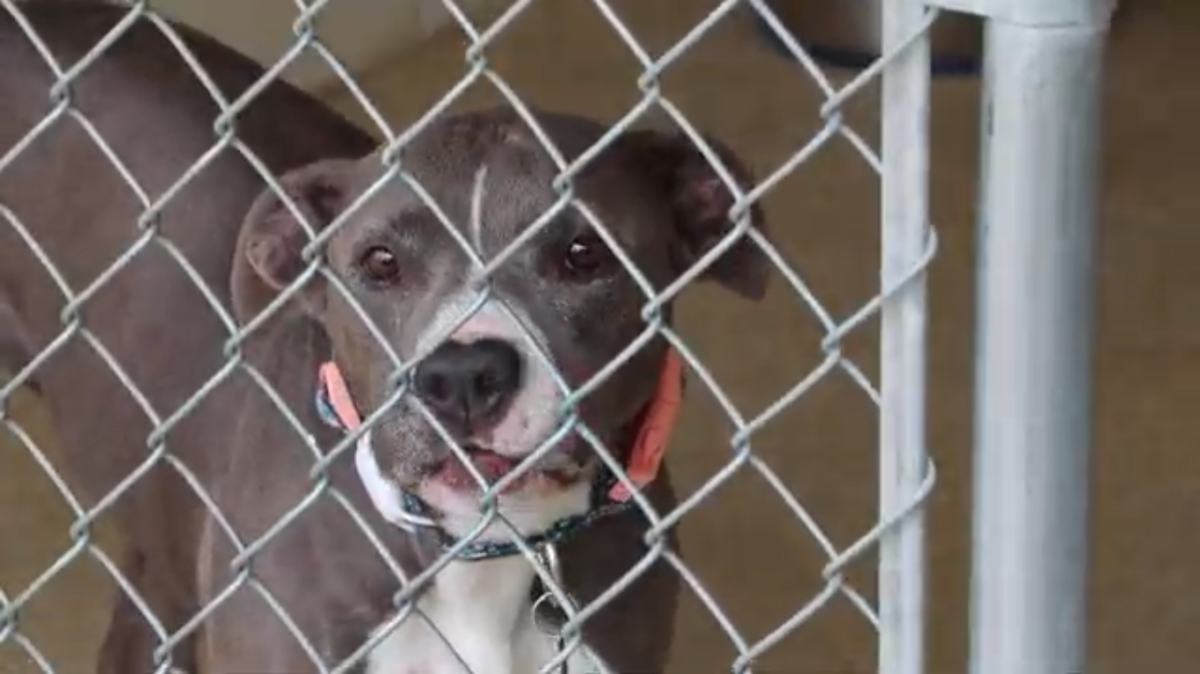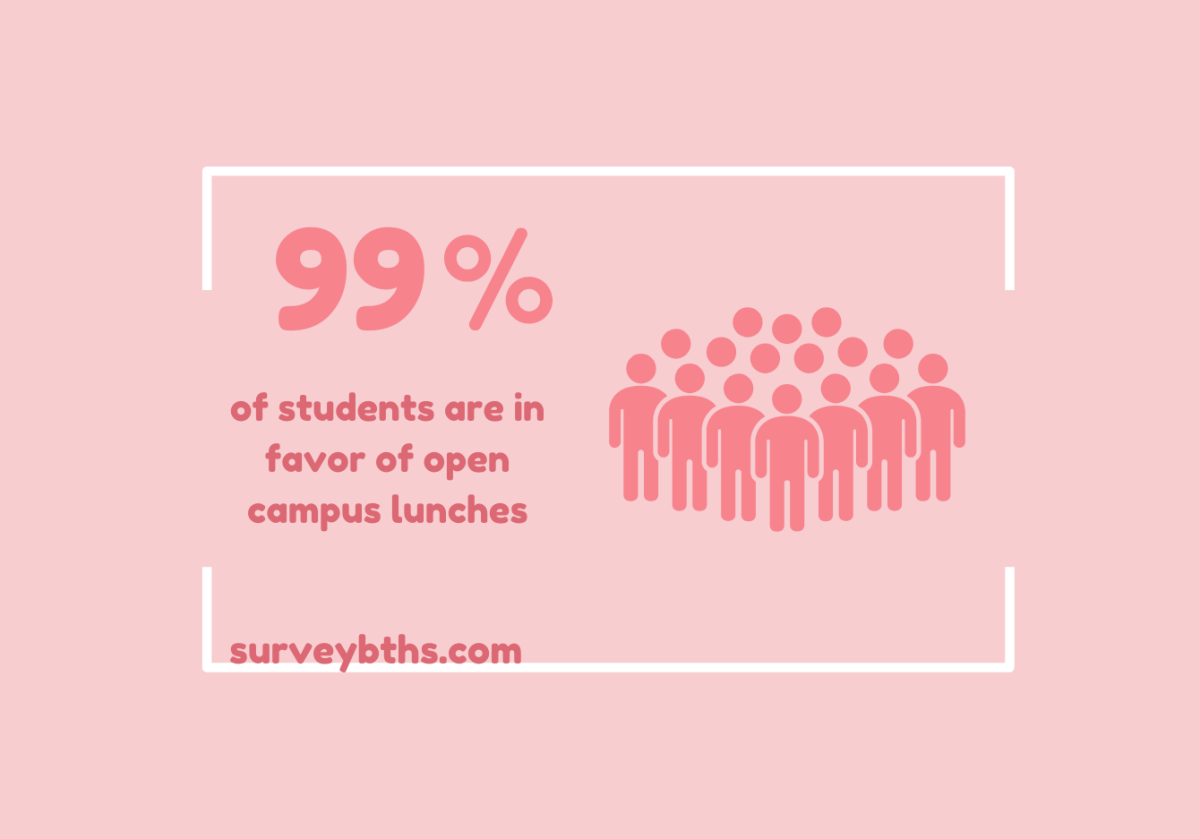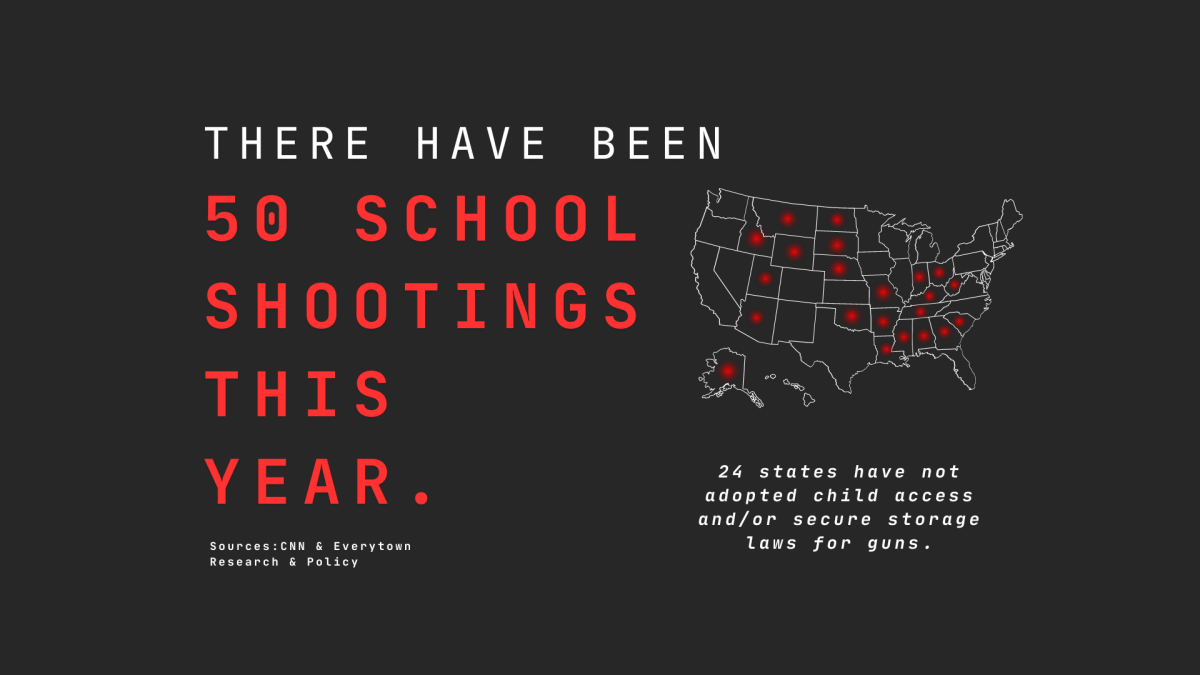In 2003, electronic vaporizing devices containing tobacco and nicotine entered the market and instantly became popular among all age groups, including teens. These e-vapes gained traction due to the variety of flavors they can offer. Besides the fruity flavoring, newer vapes also can include games and colorful packaging, appealing to younger ages.
The packaging and marketing of vapes can tempt teens as vape brands often use colorful pictures and words to create an appealing and playful image, mimicking the style of candy or snack products. This strategy can make the products seem less harmful and more attractive, particularly to younger audiences.
Aside from the packaging, the flavors of vapes alone draw a significant amount of attention from teens. To combat this, the US Food and Drug Administration (FDA) has set out to remove flavored e-cigarettes and vapes from the market.
Despite the efforts by the FDA to regulate flavored vapes, the popularity of these products among teens continues to rise. This widespread use is concerning, as it exposes young people to serious health risks, particularly as their brains and bodies are still growing.
This year, 1.63 million students in high school and middle school have used or currently use vapes. The chemicals and nicotine inside of vapes can expose teens to health risks such as addiction and various types of life-threatening illnesses. Younger age groups participating in vaping makes them more susceptible to brain damage as their brains are still developing.
Social pressures also play a significant role in the increasing rates of teen vaping. Many adolescents start vaping to fit in with their peers, cope with stress or experiment with a new identity. The influence of vapes on social media is also rising as popular online creators continue to endorse this habit.
Since vaping has become so popular among younger ages, school staff and administrators have had to step in and monitor their students to prevent any on-campus vaping. Schools around the globe are increasingly installing smoke and vape detectors in bathrooms on campus.
While schools and authorities continue to address the growing issue of teen vaping, it’s important to understand the fundamental differences between vaping and traditional cigarette smoking. Though both involve inhaling substances that can be harmful to health, however, vaping has distinct characteristics that influence the way these products affect younger users, particularly teens.
One of the main reasons that vapes hit the markets was to try to create a safer alternative to smoking cigarettes. While the idea of vapes seemed less harmful to users at first, the reality is that they ended up making a better-flavored replacement that is more accessible. The smell of cigarettes lingers for days to weeks, while the smell emitted from vapes vanishes in seconds. This makes it easier for teens to hide the usage of vapes from their parents and teachers.
Despite efforts from schools, parents, and government agencies, the appeal of flavored vapes and deceptive advertising continues to lure young people into nicotine addiction. By shedding light on these manipulative strategies and reinforcing the dangers, we can work toward reducing the pressures teens face and protecting their long-term health. The fight against vaping requires vigilance, education and collective action.










